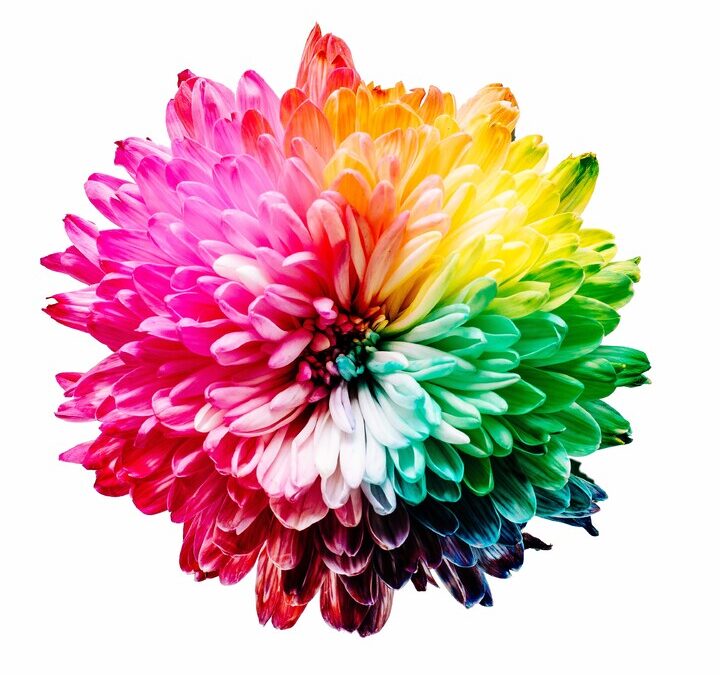Today I was working on a new online program ‘From Being Hard with Yourself to Having a Heart for Yourself’. And that brought back old memories from when I was still auditioning for dance. And the journey I made then, stepping out of patterns of insecurity, self-criticism, and sensory anxiety. I had to learn to have a heart for myself to build a caring, respectful relationship with my body and feel the life force, love, and lightness, to sparkle again.
Learning to feel and look at my body differently then, changed my dancing and also the way I dance through life. I experienced a renewed relationship with my physical self, my felt self, my dreams, and my environment. And to my amazement, this happened over time by changing the way I move: The Power of Movement and Dance. And most of all, the power of moving in a relationship.
It is all about relationship!
If there is a harmonious relationship between the muscles, bones, organs, and breathing, we experience softness, strength, and mobility at the same time. All members of the body can regain their place in our greater living system and our nervous system operates in sync with what is needed for the good life. That way our system operates efficiently and flexibly, allowing the energy to flow optimally again. There is interweaving, teamwork, support, and non-stop interaction between the members of our system: the body, mind, brain, and heart. This is where the path to lightness, energy, creativity, connection, and growth begins. The way that we as a system function is similar to the way other living systems work. Systems are about networks of relationships and the better the quality of a relationship the better the system works.
We sentient beings benefit from a well-functioning system physically, emotionally, spiritually, and mentally. When there is constant conflict between body members we experience that as tension, stress, pain, or fatigue in our inner lives, leading to us being more quickly overwhelmed by our environment. Most people react to this by hardening, armoring themselves, and disconnecting from their bodies and their environment.
Our ‘movement mirror’
The dynamics in relationships within our bodies teach us about our external relationships with others and our environment. It is not for nothing that people say, ‘So inside, so outside’!I have noticed that when the various physical parts of myself are better attuned to each other and the energy flows optimally again, the judgments and convictions about others and myself dissolve and my capacity for (self) compassion grows.
So I came to believe that the way we move is a mirror for our thinking and feeling. When we move, stand, and sit more freely physically and experience more options in doing so, this will also be reflected in our thinking and feeling. Many people then experience more playfulness, and flexibility in their mind and emotional life and feel more resilient in their lives. They are more able to face the world with an open, uninhibited heart.
Conversely, restrictive thoughts and emotions that constrict us have a compressive effect on our cells. We feel our muscles tighten. The organs experience less space because of this muscle movement and can no longer do their work properly. The bones are pulled and the joints experience more strain. There is no longer a relaxed balance in standing and sitting. Our nervous system starts worrying about survival.
How then can we heal ourselves in wise ways?
Often people don’t think of changing what they do, think, or feel. They give the same input and expect the body to act differently. Their choices are often based on the separateness of body, mind, and soul, and the belief that the body is makeable.
Changing one thing in such a complex living system changes everything for the better or worse. When we look at the dynamics of living systems, just like us, there are a few systemic laws that I want to bring forward in this context:
- Living systems are interdependent – change in one part of the system influences other parts of the system in expected and unexpected ways
- Living systems cannot be steered or controlled, only attracted or nudged.
- Living systems are never static; they are always in movement
- Living systems only accept solutions that the system helps to create
- Living systems only pay attention to what is meaningful to them here and now.
Often our mind’s way of isolated thinking, and acting does not respect the laws of our system. This leads to changes that do not serve our well-being and limit our potential. Our nervous system slowly becomes overloaded with these unbalanced relationships and the resulting dysregulation. Eventually, it loses its flexibility, creativity, resilience, and zest for learning.
Systems are all about networks of relationships and the better the quality of these relationships, the better the system operates.
For that reason, when working with chronic pain, tension, stress, and distorted body image, I look at the relationship between body, mind, emotions, and spirit: the relationship between perceiving, feeling, imagining, thinking, meaning, and moving.
Check my YouTube channel for tons of free, short healing practices that approach our whole being and follow the life laws of our system to move toward joy, transformation, and growth.

